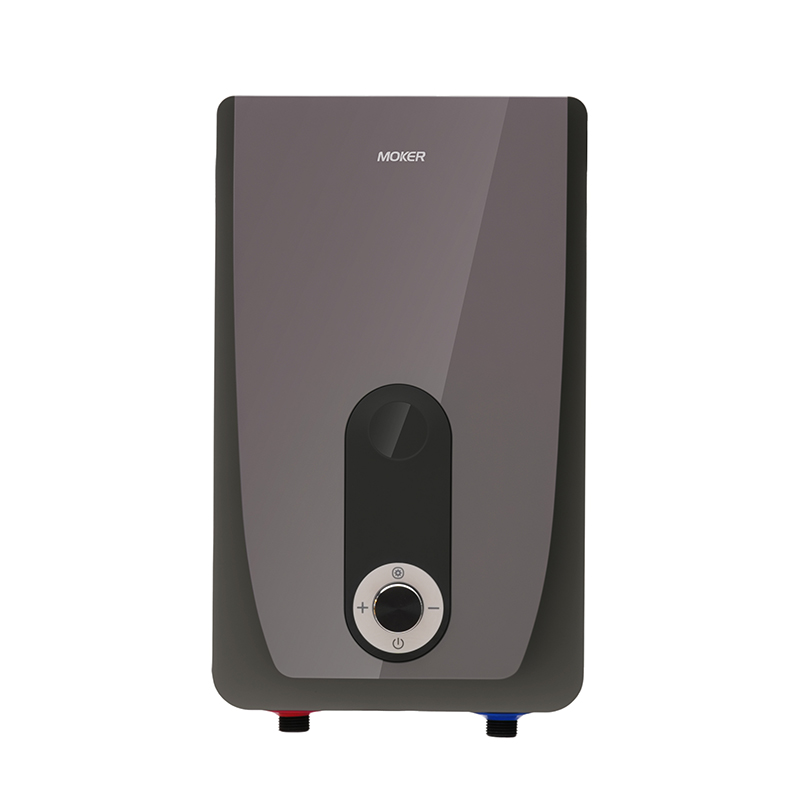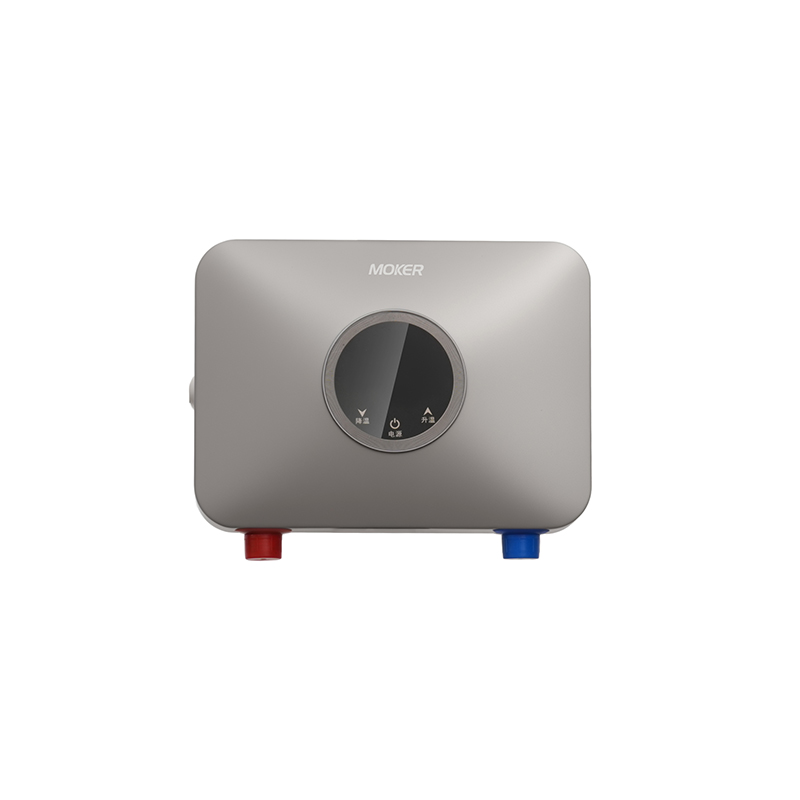Scenario Adaptability of Different Water Heaters
Scenario adaptability refers to how well water heater matches specific household water-use needs—each scenario (like daily showers, kitchen dishwashing, or small-scale cleaning) has unique demands for flow rate, hot water duration, and temperature stability. Electric water heater, Tankless Water Heater, Instant water heater, electric tankless water heater, and instantaneous water heater electric each excel in distinct scenarios based on their design and performance traits.
Electric water heater is ideal for high-volume, simultaneous multi-scenario use. Electric water heater’s storage tank (40–80 gallons) holds enough hot water to support overlapping tasks: a 50-gallon Electric water heater can handle a 10-minute shower, a running dishwasher, and a sink of dishwashing at the same time—critical for busy morning or evening routines in families of 3–5. Electric water heater maintains consistent temperature even with fluctuating flow rates, making Electric water heater suitable for scenarios requiring steady heat (like filling a bathtub or washing large loads of laundry). However, Electric water heater struggles with “on-demand” scenarios that need immediate hot water after long idle periods (e.g., midnight handwashing), as pipe lag delays delivery.
Tankless Water Heater adapts well to continuous, single-scenario use and scattered multi-tasking. Gas-powered Tankless Water Heater’s 5–10 GPM flow rate supports long-duration scenarios like 20-minute showers or continuous dishwashing, with no risk of running out of hot water—unlike storage models. Tankless Water Heater also handles scattered multi-tasking (e.g., a shower at 7 AM, a load of laundry at 9 AM, and dishwashing at 6 PM) efficiently, as Tankless Water Heater only heats water when needed, avoiding energy waste from keeping a tank warm. However, Tankless Water Heater may struggle with simultaneous high-flow scenarios (e.g., two showers + a dishwasher), as flow rates can drop if demand exceeds the unit’s capacity.
Instant water heater is perfect for small-scale, localized single-scenario use. Instant water heater’s 1–3 GPM flow rate and compact size make Instant water heater ideal for under-sink kitchen scenarios (like rinsing dishes or washing hands) or secondary bathroom scenarios (like guest showers or facial cleansing). Instant water heater delivers hot water directly to the fixture with minimal lag, avoiding the need to run faucets waiting for hot water from a distant Electric water heater. However, Instant water heater cannot handle multi-scenario use—trying to run a sink and a small shower from Instant water heater will result in reduced flow or lukewarm water.
electric tankless water heater balances medium-scale single-scenario use and light multi-tasking. electric tankless water heater’s 3–5 GPM flow rate supports scenarios like a single shower, a washing machine cycle, or a kitchen sink running at full capacity—all without the bulk of a storage tank. electric tankless water heater also handles light multi-tasking (e.g., a shower + a bathroom sink) well, as electric tankless water heater’s modulated elements adjust to maintain temperature even with minor flow changes. This makes electric tankless water heater suitable for small families (2–3 people) with non-overlapping but frequent daily water needs. However, electric tankless water heater may struggle with high-flow simultaneous tasks (e.g., a power shower + a dishwasher) due to limited maximum flow.
Instantaneous water heater electric is designed for ultra-localized, low-flow single-scenario use. instantaneous water heater electric’s 0.5–2 GPM flow rate targets scenarios like handwashing at a bathroom vanity, rinsing small dishes in a kitchenette, or filling a small basin for face washing—tasks that require only small amounts of hot water. instantaneous water heater electric’s under-sink installation means hot water is available in seconds for these quick tasks, eliminating water waste from long pipe runs. instantaneous water heater electric is also ideal for “spot use” scenarios (e.g., a garage sink for cleaning tools or a guest bathroom with rare use), as instantaneous water heater electric uses minimal energy when idle. However, instantaneous water heater electric cannot support any multi-tasking or high-flow scenarios (like showers), as flow rates and capacity are too low.
Matching water heater to household scenarios ensures efficiency and comfort. Electric water heater serves large families with overlapping tasks, Tankless Water Heater handles continuous or scattered use, Instant water heater fits localized small tasks, electric tankless water heater balances medium needs, and instantaneous water heater electric targets ultra-small spot use. Choosing a water heater based on scenario adaptability prevents issues like hot water shortages or energy waste, ensuring each water-use task is supported effectively.





